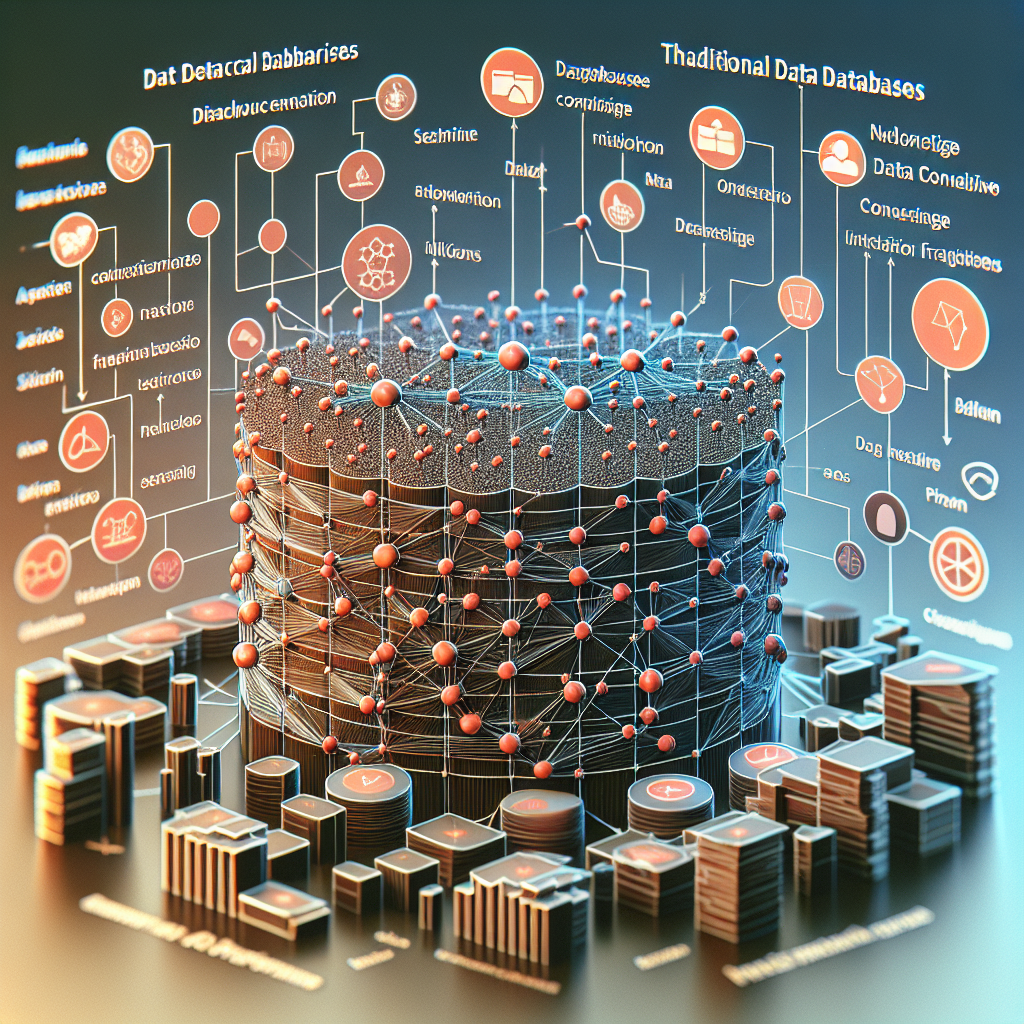In the ever-evolving landscape of big data, traditional relational databases are facing stiff competition from an emerging player: graph databases. As industries strive to manage complex and interconnected data more efficiently, graph databases are turning heads with their unique ability to explore relationships and uncover insights that traditional databases might miss.
Graph databases have become a buzzword in big data discussions due to their distinct way of structuring information. Unlike relational databases that store data in tables, graph databases store data in nodes and edges, reflecting the real-world relationships between entities. This data representation offers tremendous advantages, particularly for industries like social media, fraud detection, and recommendation systems.
Consider the case of Facebook, for instance, which heavily relies on graph databases to visualize and manage billions of users and their connections. This allows for sophisticated analyses of user interactions, enabling personalized content delivery and targeted advertising. The graph database model helps simplify complex queries, offering rapid and scalable insights.
The financial industry also benefits significantly from graph databases. Fraud detection systems leverage the technology to pinpoint fraudulent activities by understanding the connections and interactions between various entities. This capability to map relationships in real-time enhances the accuracy and speed of detecting and preventing complex fraud schemes.
Moreover, graph databases enable companies to manage and analyze vast amounts of unstructured data, which is increasingly prevalent in the digital era. With the rising demand for real-time analytics and responsive applications, many enterprises are adopting graph databases to fuel their big data strategies.
Despite these advantages, transitioning to a graph database requires careful consideration. Organizations must ensure appropriate training and resources to manage the complexities of graph theory and database design. Nonetheless, with the promise of unlocking deeper insights, many industry leaders are investing heavily in this technology.
As the graph database market continues to grow, driven by demands for enhanced analytical capabilities, it is clear that this technology is not a fleeting trend but a fundamental shift in data management. Companies embracing graph databases are poised to lead the charge in deriving actionable insights from complex datasets, thereby revolutionizing the world of big data analytics.
Estimated reading time: 1 minute, 52 seconds
The Rise of Graph Databases: Transforming Big Data Analytics Featured
 Explore the transformative impact of graph databases in big data analytics, highlighting their advantages in industries like social media and finance.
Explore the transformative impact of graph databases in big data analytics, highlighting their advantages in industries like social media and finance.
Latest from BDA Tech Brief
- Harnessing Big Data to Optimize Supply Chain Efficiency
- Harnessing the Power of Predictive Analytics in Modern Business
- Integrating AI with Big Data: Transforming Predictive Analytics for Better Decision-Making
- The Rising Importance of Data Governance in Big Data Analytics
- Revolutionizing Retail: How Big Data is Transforming the Shopping Experience
Most Read
-

-
Mar 11 2019
-
Written by Danielle Loughnane
-
-

-
Oct 26 2018
-
Written by Kim Del Fierro
-
-

-
Aug 26 2019
-
Written by Danielle Loughnane
-
-

-
Jan 13 2019
-
Written by Danielle Loughnane
-











